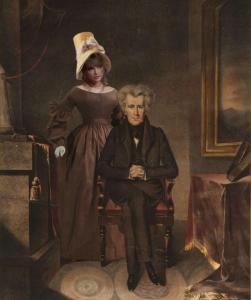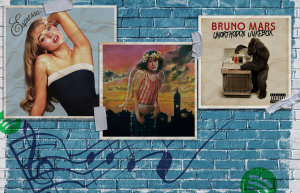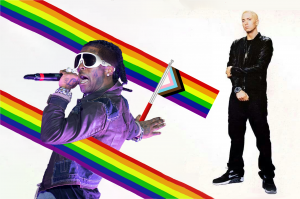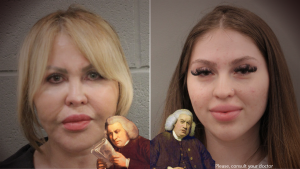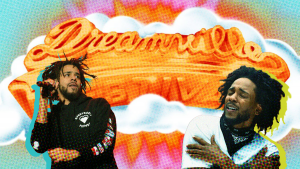One of my favorite activities lately has been watching old episodes of “Star Trek” on Netflix. Growing up, it always seemed like it was something I should have liked but never really got into outside of general awareness and an episode here and there. Watching it now has been a great way to see what I had been missing out on.
The show’s greatest asset is its strong character relationships, especially its central trio. The daring Captain Kirk, the passionate Dr. McCoy and the logical Mr. Spock form the body, heart and mind of the USS Enterprise. The constant banter gives viewers a sense of friendship and respect.
Beyond the three main characters, the bridge crew feels like real people, not just extras filling up the set. The one-off highlights of random crew members show that the Enterprise is a massive ship that takes more than just the seven main characters to operate. Captain Kirk often broods over his responsibility to his 430 crewmen so actually seeing them gives those speeches more weight.
Any piece of writing about “Star Trek” would be incomplete without mentioning William Shatner’s delivery. Often mocked, whether one loves or hates it, the grouping of several words together very quickly peppered with abrupt upward inflections and then pausing gives the show a distinct flair.
If you want to laugh, cry or do a bit of both, I highly recommend listening to Shatner’s cover of “Bohemian Rhapsody.” It’s god-awful.
Also, Leonard Nimoy as Spock is an instant classic. His restrained performance and interactions with the other characters and their inferior human emotions make the show. Though not as often talked about, his specific over-pronunciation of the “or” sound on words like “sensors” lend even more alienness to his character.
The episodes I have seen are often philosophical and slightly plodding but always carry a sense of fun about them. “Star Trek” presents an optimistic vision of the future where explorers roam the cosmos on a mission of discovery in a new-age spaceship.
Even better, this bright future is one for everyone. The society of the Federation has moved past racial discrimination. Characters of color like Sulu and Uhura are represented in almost every episode.
However, the show still struggles with sexism. Captain Kirk’s womanizing ways are widely known, but several episodes in a row also feature Yeoman Rand getting sexually harassed and her characterization is largely based on whether or not she wants to get with the captain.
A common theme is the Adam and Eve trope. In the original (and rejected) pilot “The Cage,” Captain Christopher Pike grapples with women on the bridge and when trapped by the antagonists in a human zoo, is forced to choose a mate between the various female characters.
As I’ve been watching the show, I constantly wonder, “Now just how did they do that?” The curious part of me wants to know exactly how the crew shot the space sequences and made all of the special effects. That other part of me wants the curtain to stay right where it is.
All in all, so far at least, “Star Trek” is fun. It’s easy to see how a show with terrible ratings and a final season that only happened due to a massive fan-mail campaign has become a cultural phenomenon that has lasted over 50 years.
